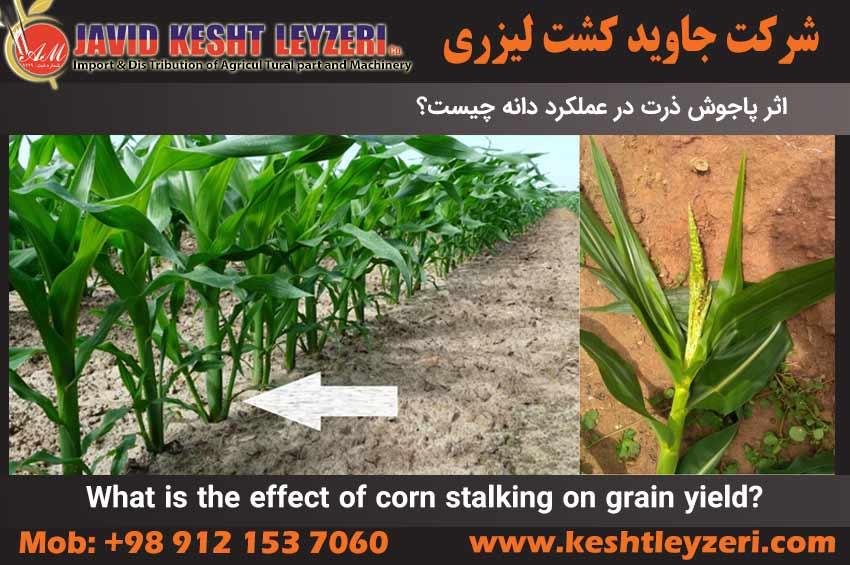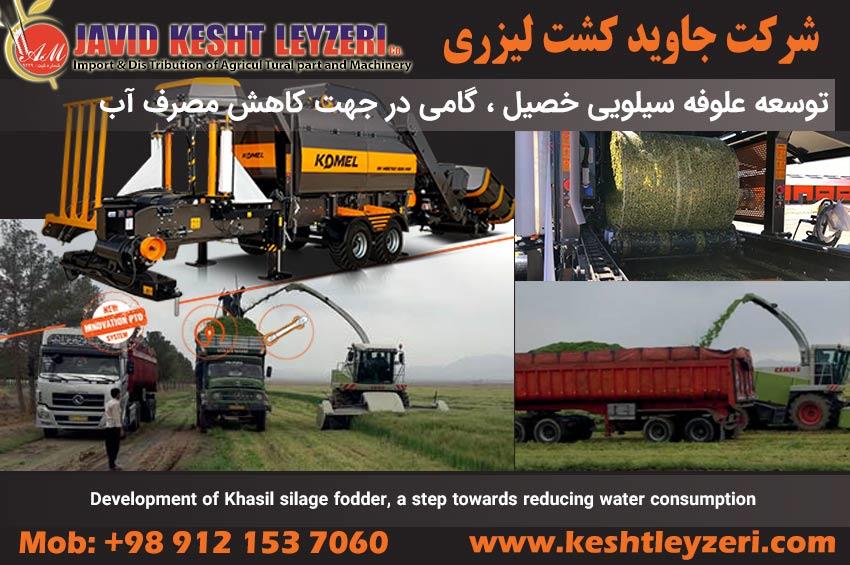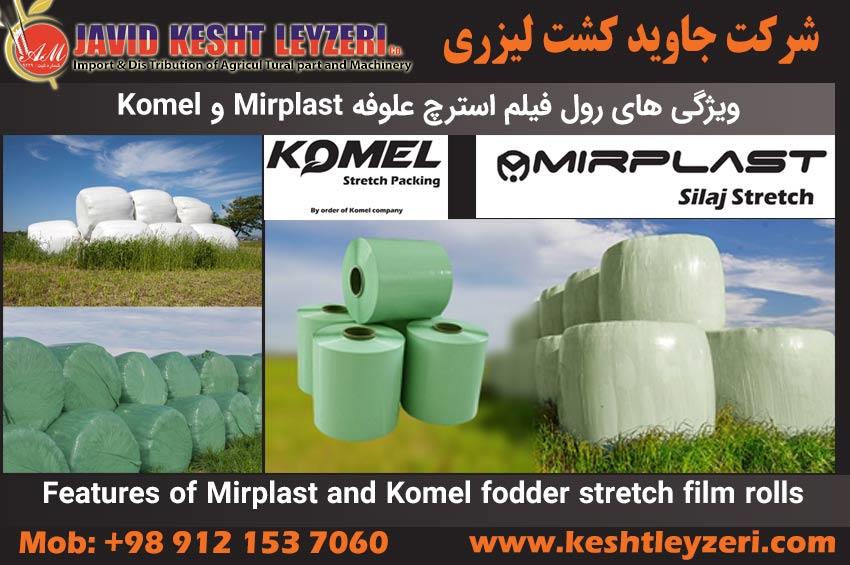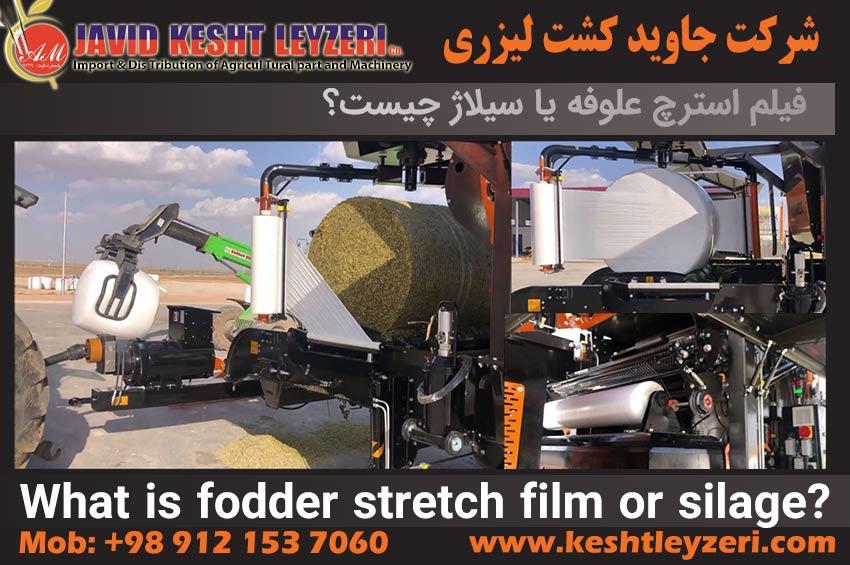- 27 Sep 2024
- 1236
Sale and shipment of KOMEL fodder packaging machine to Qom, Selfchegan customs
Today, Tuesday, 07/03/1403, loading of one ton fodder packing machine, KOMEL brand, destination Iran, Qom province, Salafchegan customs.
- 14 Nov 2023
- 1604
What is the effect of corn stalking on grain yield?
The effect of corn blight on grain yield depends on several factors, including weather conditions, nutrient sources, and proper plant maintenance. However, it is estimated that the maize pajosh has the greatest effect on the growth and fitness of the seeds. Some of the benefits of corn starch include increased number of kernels, increased kernel volume, and increased kernel oil content. In addition, corn stalks can help reduce the negative effects of weather conditions, including drought and high temperatures. Also, the genetic mutation that leads to corn rust can increase corn's resistance to pests and diseases, thus having a positive effect on grain yield. In general, corn cob can help to improve grain yield and biomass efficiency of this plant.
- 05 Nov 2023
- 1594
What is the application of fodder corn silage packaging?
Silo packing fodder corn is one of the best ways to store corn for animal feed. This method makes corn not only available at any time and place, but also of higher quality. Packed silos are very uniform and uniform and prevent contamination and damage that may occur in traditional silos. Also, in terms of economy, the use of packed silos leads to a reduction in costs and an increase in livestock productivity. In short, silage packaging is an efficient solution with wide applications for the storage and use of fodder corn as animal feed.
- 04 Nov 2023
- 1694
What are the advantages of using packaged and silage fodder corn in animal feed?
Maize is a fodder and cereal plant that is cultivated in many regions of the world. This plant has long stems and broad leaves, and its fruits are known as "Kalvan" or "Bran". Corn is used as a rich source of energy and nutrients for humans and animals and plays an important role in the production of animal feed.
- 14 Sep 2023
- 1298
Development of Khasil silage fodder, a step towards reducing water consumption
Iran is located in the arid and ultra-arid region of the world, and with climate changes, the temperature increases in the summer season. This increase in temperature increases evaporation and transpiration in the summer season. Therefore, a large part of the water used in the fields is spent for evaporation and transpiration. One solution to reduce water consumption in fodder production is to use fall grain silage forage.
- 11 Sep 2023
- 1505
Features of Mirplast and Komel fodder stretch film rolls
The stretch film used in agricultural products is made in three layers. Linear low density polyethylene (LLDPE) raw materials are used and the production of this film is done by casting method.
- 10 Sep 2023
- 1321
What is fodder stretch film or silage?
Plastic silage vacuum roll film, commonly known as silage film, is used in the forage silage process. This type of plastic is used to protect the fodder from air and moisture, so that the black pattern creates a vacuum and reduces the contact between the outside air and the fodder.
- 10 Jul 2023
- 1626
A review of silage quality and changes caused by the fermentation process in silage forage
The first step in investigating effective bacteria in the process of ensiling fodder and all types of agricultural residues is to know the origin of the bacteria. There are two types of bacteria in fodder.
- 06 Jul 2023
- 1367
Additive importance of forage silage
Corn silage additives do not have the ability to turn bad silage into good silage, they can only turn good silage into great silage.
- 01 Jul 2023
- 4974
stages of corn silage (corn silage)
Different management methods used for corn silage can affect the quality and quantity of its nutrients.










